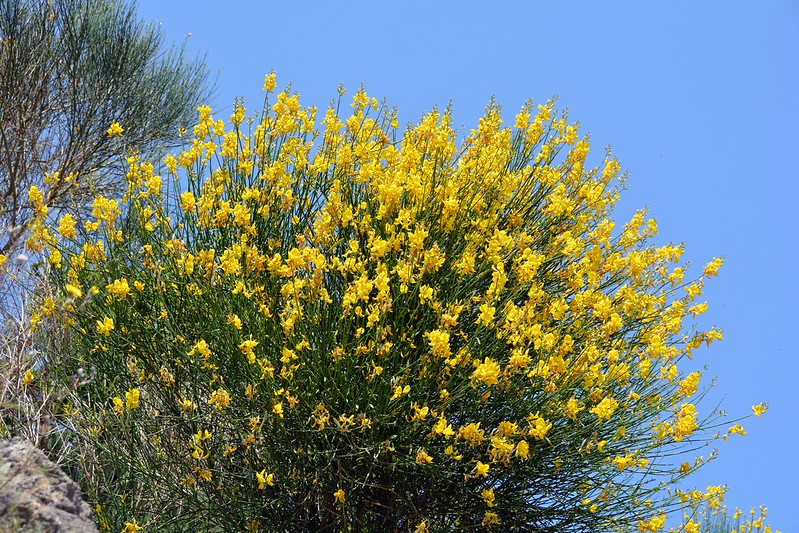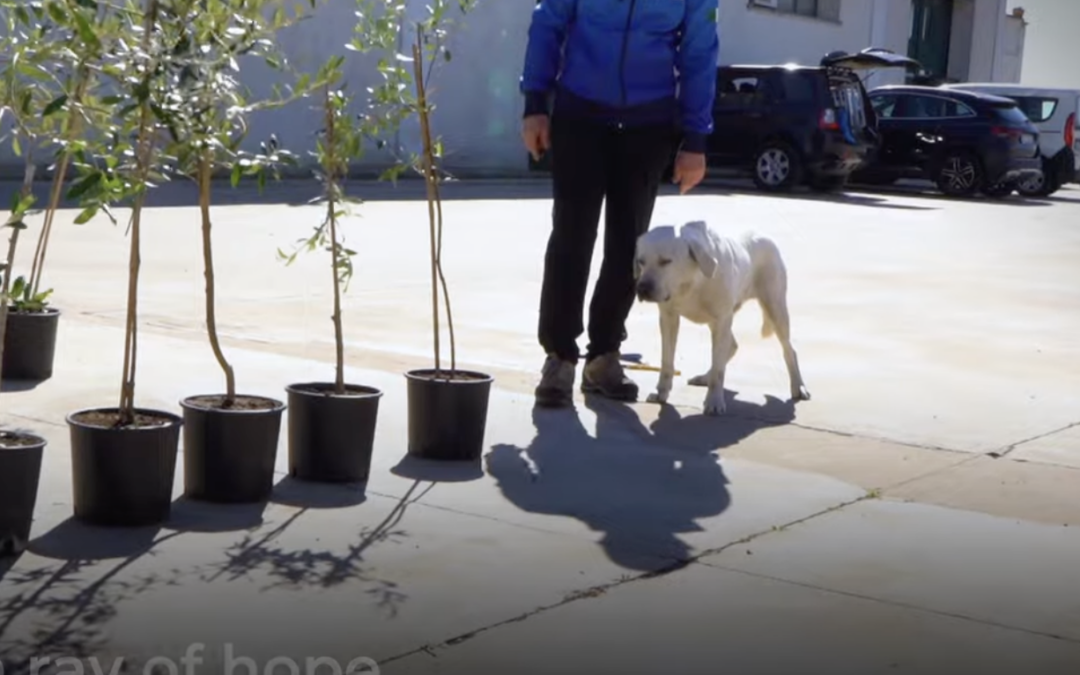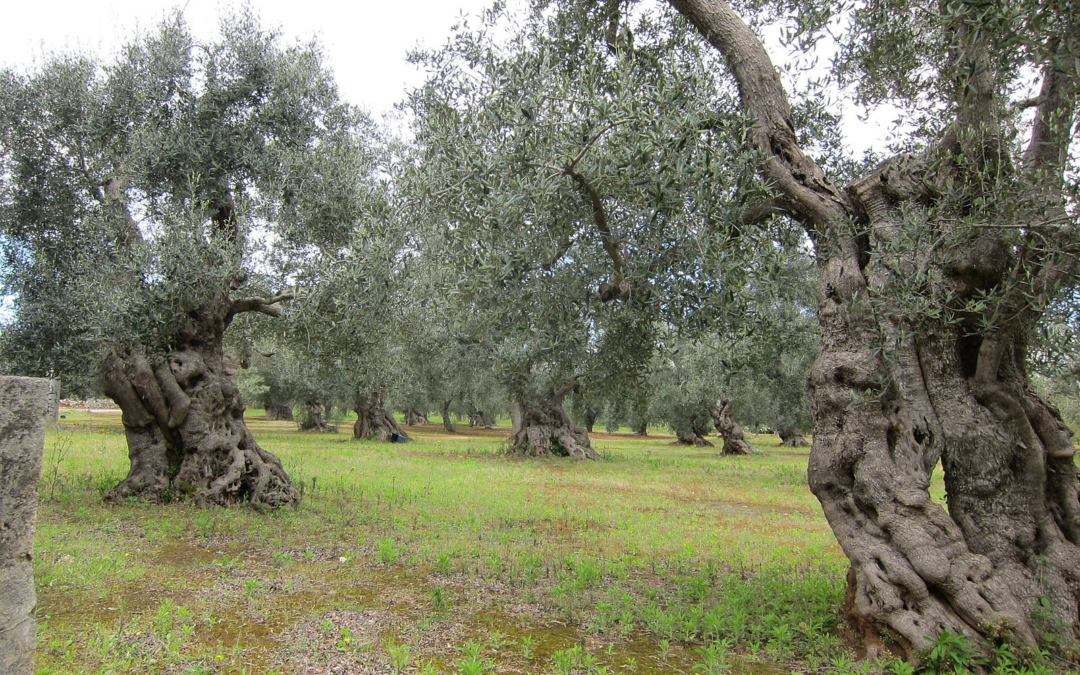Xylella taiwanensis fulfills the criteria to be a potential quarantine pest in the EU, the European Food Safety Authority (EFSA) has concluded in a paper on the pest categorization of the pathogen. That scientific opinion is the tool to determine wether a plant pest is a potential risk for the EU.
After its first description in 1993, for years researchers studied X. taiwanensisis as a X. fastidiosa strain. A more in-depth genetic analysis suggested that the bacterium is a novel species inside the Xylella genus, and this is the approach since 2016.
As EFSA experts point out, X. taiwanensisis has never been reported in the territory of the European Union. So far, the pathogen seems confined in subtropical and temperate areas of the island of Taiwan, where it affects pear cultivars of the species Pyrus pyrifolia (Oriental pear). No other plant species are known to be susceptible to the infection.
In the EU, the area under cultivation of P. pyrifolia is very limited, but the genetically related Pyrus communis is grown in most EU Member States, the authors of the paper note. No information, they add, exists so far on the susceptibility of common pear cultivars, on the vectors capable of transmitting the bacterium and on their possible presence in Europe. Those are “key uncertainties” concerning the possible entry, establishment and spread of the pest in the EU, and the consequent impact on the Union pears production. “X. taiwanensis satisfies the criteria that are within the remit of EFSA to assess for this species to be regarded as a potential Union quarantine pest”, EFSA experts conclude.








